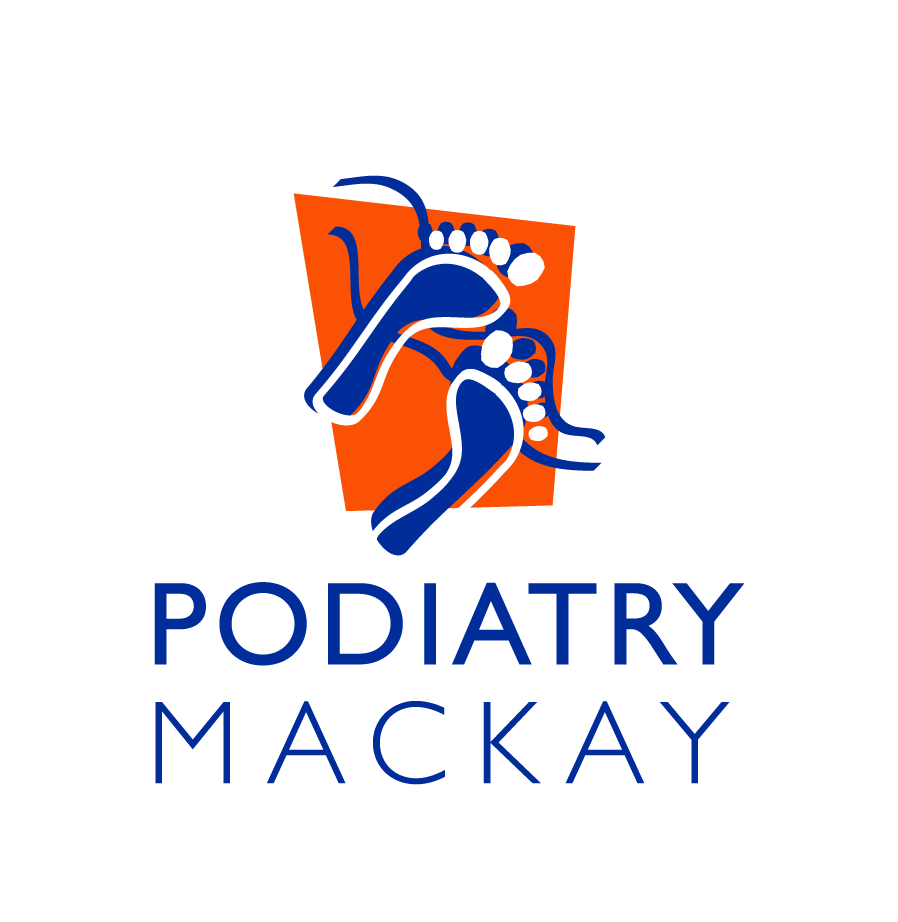Jones's Fracture
What is it?
It is a common fracture of the shaft of the fifth metatarsal. The fifth metatarsal is a bone located on the outside of your mid-foot. A Jones’s fracture occurs at the base of this bone approximately 1.5cm from the base of the bone. It is normally mistaken for a sprained ankle or avulsion fracture (base of the bone being pulled off by a tendon). Due to the specific nature of the fracture, being 1.5cm from the base of the bone, the blood supply is limited and as a result can take a lot longer to heal than a normal fracture. Therefore, it is vital for a correct diagnosis to be made.
Why did I get it?
Jones’s Fractures almost exclusively occur after a twisting inversion injury (when the ankle twists inwards). The most common risk factors for the condition are
Poor biomechanics
Incorrect footwear
Over training
Sudden increase in activity
Hard training surface
Trauma
Symptoms:
Breaking any bone is painful and with a Jones fracture sudden pain may be felt at the base of the 5th metatarsal or the long bone from your little toe to the middle area of your foot.
There will be tenderness at the point of injury on the outside of the foot.
The athlete will be unable to bear weight on the foot and a deformity is sometimes present.
How is it diagnosed?
A thorough clinical examination/history will generally be sufficient for the diagnosis of a Jones’s Fracture. You will however be referred for an x-ray +/- bone scan to determine the severity of the fracture.
Possible treatments:
Rest and ice
+/- crutches
Casting for 8 weeks
Anti-Inflammatory medications
Pneumatic air brace
Improve biomechanics
Footwear advice
Custom insoles
Surgery if the bone is displaced
Prognosis:
The prognosis of a Jones’s Fracture is largely dependent on the severity of the fracture and the compliance of the patient. Return to sport is recommended no sooner than after 8-10 weeks if there is no bony tenderness over the area of concern. The return needs to be gradual to give the bony and soft tissue structures time to adapt.
